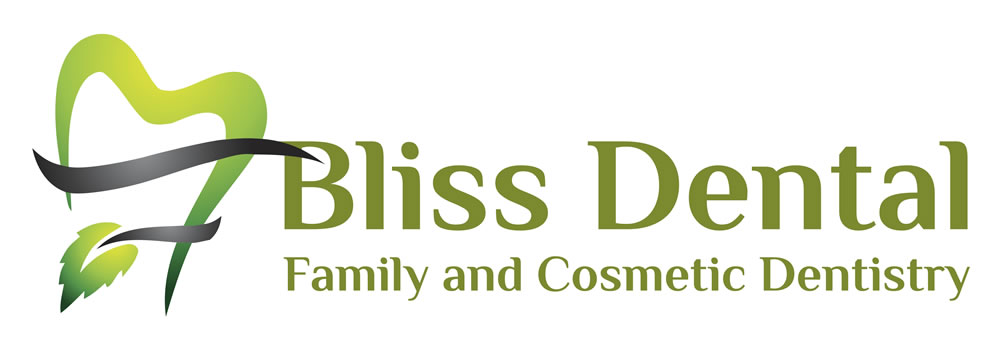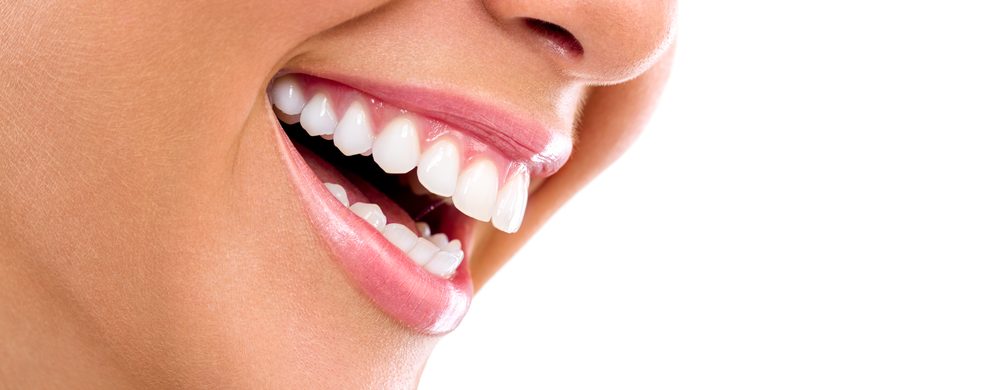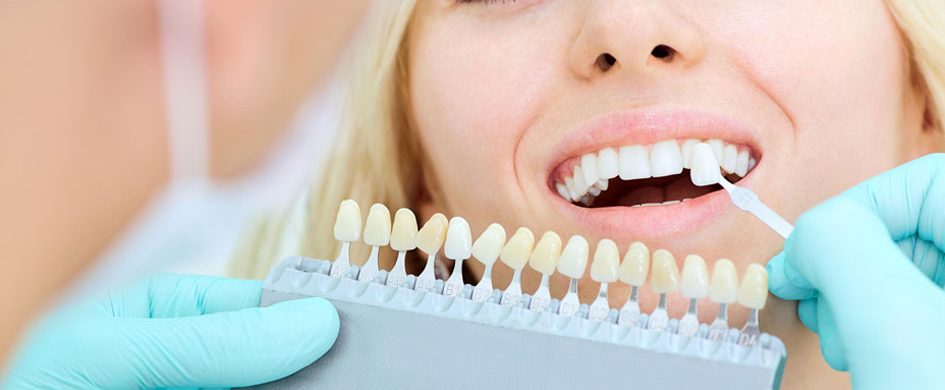One or more missing teeth can adversely affect the appearance and functionality of your smile. Missing teeth can cause a change in occlusion (bite), shifting of the teeth, temporomandibular joint disorder (TMJ), speech impediments, an increased risk for periodontal disease and a greater chance of tooth decay.
Dental bridges, like implants and partial dentures, are used to replace missing teeth. There are several types of fixed dental bridges (cannot be removed), including conventional fixed, cantilever and resin-bonded.
Typically, conventional and cantilever bridges require shaping of the teeth surrounding a missing tooth. Crowns are then placed on the shaped teeth and attached to an artificial tooth (called a pontic).
A resin-bonded bridge requires less preparation of adjacent teeth. It is often used to replace front teeth, provided that the gums are healthy and the surrounding teeth do not have extensive dental fillings.
Consultation and Treatment Planning
Once you and Dr. Natasha Yegorov determine that a bridge is the best replacement for your missing tooth or teeth, you will be advised of different materials that the dental laboratory can use to make your restoration. Material availability will depend upon where in the mouth the bridge will be placed, whether or not you grind or clench your teeth (bruxism), your dental insurance coverage, and other factors outlined by your dentist. Today’s bridges can be fabricated from a combination of porcelain and metal, porcelain and gold, or exclusively with high-strength metal-free materials such as zirconia or alumina.
Dr. Yegorov will take X-rays and impressions of the treatment area, as well as preoperative photographs, for use in planning the ideal restoration for you. Depending upon the number of consecutive teeth you are missing, your bridge could be three or more units; two crowns that are cemented to the teeth on either side of the space (called abutments), plus one or more false teeth (called pontics) to fill the space. Additional impressions will be taken after Dr. Yegorov prepares the abutment teeth.
Candidacy & Procedure Details
During the first visit, Dr. Yegorov examines the health of your gums and other teeth to evaluate if you are a candidate. Candidates are given a local anesthetic so Dr. Yegorov can prepare the teeth required to support the bridge. If the support teeth are decayed or badly broken down, Dr. Yegorov may have to build them back up before they can be used as support teeth.
Next, Dr. Yegorov takes an impression of the prepared teeth with a putty-like material that is used to create a model of your teeth. Your bridge is fabricated based on this model by a skilled lab technician so that it precisely fits the prepared teeth. It is important that your restoration fit perfectly to avoid additional oral health problems such as tooth decay.
While your restoration is being fabricated, Dr. Yegorov fits you with a temporary so the teeth and gums can be protected from damage until your permanent bridge is ready.
To complete the procedure, you must return to the dental office for a second visit to have the bridge fitted and cemented.



